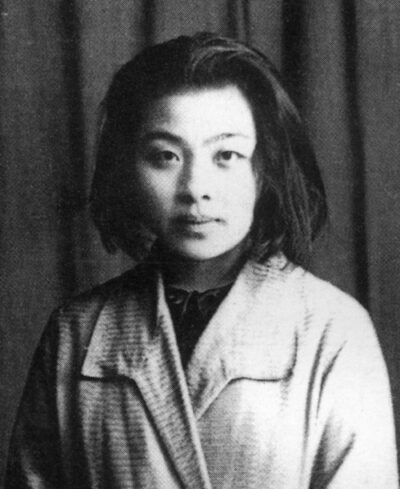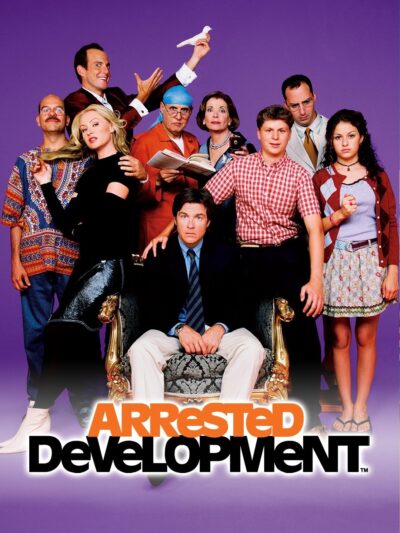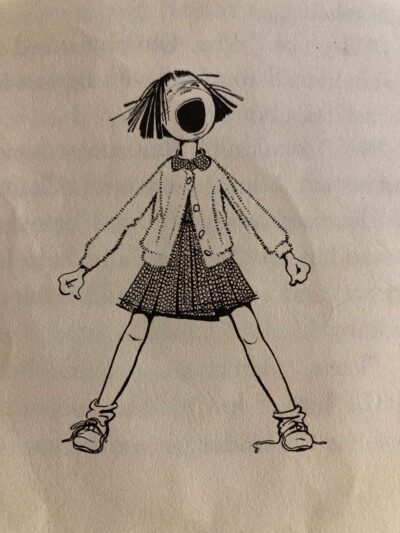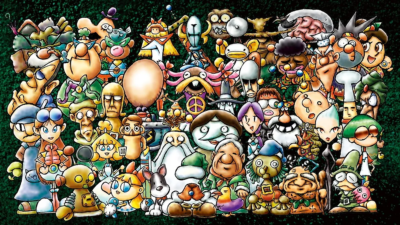For this assignment I chose to focus on Jane Eyre by Charlotte Brontë, the one feature I wanted to isolate was the navigation of first person point of view and how it was written – see how Jane navigates her thoughts/feelings and the people around her through this narrative.
The way that this book is narrated is fairly interesting to say the least. As soon as the book starts, we see that it is narrated in first person; through Janes’s eyes. However, it is different than any other first person POV I have read. Instead of paraphrasing the events that are occurring on – she goes right into dialogue. This doesn’t allow room for the readers to observe the situation, rather it goes straight into the dialogue. Only after, you get the notion of what Jane may be feeling but it is rather brief, leaving more room for interpretation based on the dialogue.
'Master! How is he my master? Am I a servant? (Jane) 'No; you are less than a servant, for you do nothing for your keep. There, sit down, and think over your wickedness.' (Miss Abbot) They had got me by this time into the apartment indicated by Mrs.Reed, and had thrust me upon a stool: my impulse was to rise from it like a spring; their two pair of hands arrested me instantly. (Monologue) Jane Eyre, Charlotte Brontë
In this narration, you get a very small sense of what Jane is feeling but you don’t explicitly get into it. This leaves readers to question the depth. However, when words like “thrust” and “arrested” are used in the monologue above, it gives the reader the impression of the situation being serious and how she is essentially forced to do something that she doesn’t want to do in the first place. I have gathered from further reading that this happens consistently throughout Brontë’s writing. Even though she writes from a first-person point of view – she still leaves a lot of room for readers to interpret certain terms, allowing for questions to arise regarding the characters. In this case, the side characters that are briefly seen in the eyes of Jane are mentioned and brought upon in a detached way.
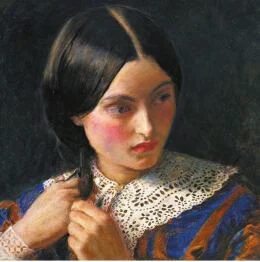
Circling back to the featured picture, you can see that Jane seems to be void of emotion. She is seen braiding her hair in this picture, it almost seems as if it is hinting to readers that she is independent. Usually, young women in general have a Mother figure that do things for their daughters, something as simple as braiding one’s hair can depict a Mother-Daughter relationship, leading third parties believe that. This leads back to how Bronte portrays Jane, as a detached lonely person. We get the sense of this when she consistently uses first names for those ‘close’ as well as “Miss” and “Mr.” – those are usually used when you are addressing someone you do not know well, in this case, Jane knows them but still doesn’t address them in a close manner, leaving it up for interpretation that she is a lone person surrounded by a crowded room. That is harder to portray when you are in the head of one person only, however, I believe that Brontë portrayed that one idea of being alone very well.
Below is a passage that I decided to provide from Fuel the Fire which is a book part of a series written by Krista and Becca Ritchie. This is also narrated through a first person perspective, however, it is written differently from how Brontë writes. Brontë gives less description and more dialogue, allowing for her readers to be able to interpret the situation and events differently from others. This is not something that is done very often, which is why it’s a good example on understanding that there are different ways to actually write these narratives. Moreover, the way Krista and Becca Ritchie write first person point of view and narrate through the eyes of character is more expansive. In their narration, we are provided the feelings of the character along with their deep thoughts.
“…there are multiple accounts on Princesses of Philly where Rose states point-blank that she hates children. She’s never liked kids and her old friends from Dalton Academy have attested to this and spoken to GBA News.” (News casting discussing Rose)
People can change. People can grow. People can realize that the idea of something is more frightening than the reality. (Rose inner monologue)
Am I not allowed all of that? Am I just supposed to be identical to myself at eighteen and at twenty-two and twenty-six? Can I never decide differently or think in a new way? Why must I be the same? (Rose inner monologue)
An onslaught of maddened tears squeezes from my eyes, and I scream into a cry that originates in my core. I sense a crease of lights in the closet, but it darkens to blackness once more, the door opening and gently shutting. (Rose inner monologue)
I can’t cease the waterworks, even if I tried. I purge my emotions, the television faint in the background… (Rose inner monologue)
Fuel the Fire, Krista & Becca Ritchie
As Rose is asking herself questions and explaining how she feels – we as readers get the sense of how exactly these emotions are being portrayed and how she is actually reacting to the things she is seeing and hearing. We can see how her rage and sadness is portrayed as she is using strong words such as the, “ONSLAUGHT – MADDENED – SCREAM.” These are just some words that I think are very touching for the reader to understand and be able to feel the pain the character is going through without having to interpret too much. In books like these – there is more upfront inner monologues revealed that leave less room for interpretation but more room for feeling and providing a bias for the character. While Bronte provides feeling, she provides it in more of an exaggerative observing way, leaving the reader up to interpret how the character might feel even in first person point of view.
What I am trying to articulate is the perception of character and how the story is moving forward with the way Bronte writes it. There are different things in context but for example she gives little room for giving us exact words of feeling and a lot of room for observing and letting us have our own interpretation of the characters and events besides what the dialogue gives us.
As a reader who is currently reading the work of Charlotte Brontë for the first time I think it is fair to say that there are different things she brings into her writing. This includes the way she portrays the character in a first person lens – by doing this she provides exaggeration in her dialogues along with endless imagery to understand the position of the character better. As a writer, she depicts a lot of emotion with the character, this leaves you as a reader to understand the character in a more emotional way. Charlotte’s writing consists of descriptions to fill her readers with an imagination of the setting – giving freeway for them to develop their own analysis on the characters she writes about. The emotion she writes on gives room for people to relate to the character and develop a certain bias based on it, even though it is first-person.
Works Cited
Brontë, Charlotte, 1816-1855. Jane Eyre. Peterborough, Ont. Broadview Press, 1999.
Ritchie, Krista, and Becca Ritchie. Fuel the Fire. Berkley Romance, 2023.
Featured Image
Cover art for Jane Eyre – (Penguin Classics) by Charlotte Brontë (Paperback). All rights reserved.
